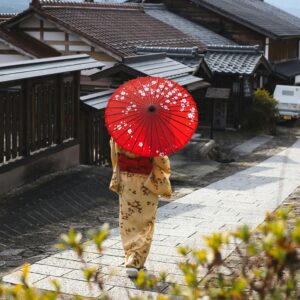Japan Public Transport Guide: How to Get Around
Table of Contents
- Overview of Japan’s Public Transportation
- Using IC Cards in Japan
- Ticket Options for Non-IC Card Users
- How to Plan Your Japan Travel Route
- Navigating Major Stations and Transfer Hubs
- Unique Transportation Options in Japan
- Transporation Tips for Remote Places in Japan
- Final Tips for Japan Transportation
- Ready to Train, Subway, and Bus Your Way Around Japan?
- Looking for a tour agency to help with your planning?
Getting around Japan can feel like stepping into a new world, where trains and buses run like clockwork and take you practically anywhere you want to go. But with so many options, it can be a bit overwhelming at first! Here’s a complete guide to help you confidently navigate Japan’s public transport system – from trains and subways to buses and taxis. You’ll also find tips on using IC cards, buying tickets, and travel etiquette to make every trip smooth and stress-free.
Overview of Japan’s Public Transportation
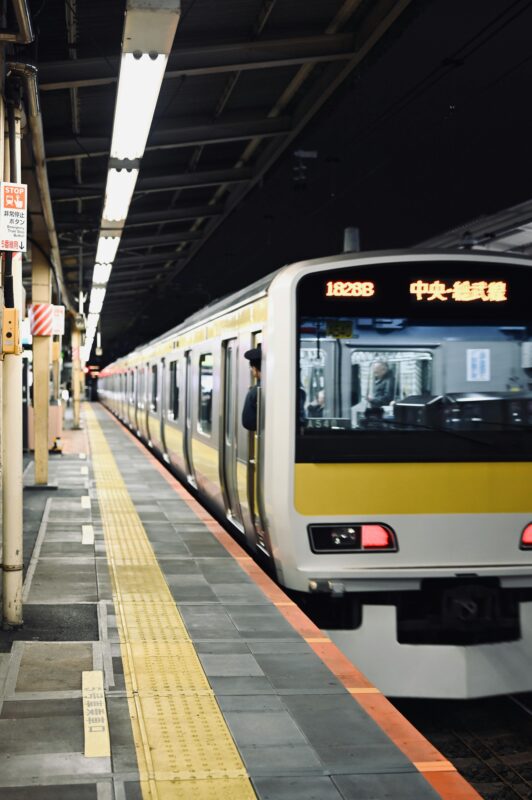
Japan has one of the most extensive and efficient transportation networks in the world. Knowing the basics about each mode of transport will help you decide what’s best for your journey.
Trains and Railways
Trains are the backbone of travel in Japan, connecting both major cities and rural areas. Japan Railways (JR) operates extensive networks, with the famed Shinkansen (bullet train) connecting major cities like Tokyo, Osaka, and Kyoto at speeds up to 320 km/h. JR passes are highly recommended for tourists looking to travel long distances, as they allow unlimited travel across JR trains, including some Shinkansen lines.
The JR system has many train types, including:
- Local Trains: Stop at all stations, ideal for short, local trips.
- Rapid Trains: Skip smaller stations, cutting down travel time within cities.
- Express and Limited Express Trains: Even faster, making fewer stops on popular routes. Some require an additional fee.
Private railway companies also operate lines that often run parallel to JR lines, particularly in big cities, giving you more options to reach your destination. For example, the Odakyu line connects Tokyo with scenic spots in Kanagawa, such as Hakone.
Subways
Japan’s cities have extensive subway networks that are reliable and easy to navigate. Tokyo’s subway is the largest, split between Tokyo Metro and Toei Subway. You’ll find subway networks in other cities as well, such as Osaka and Nagoya. Subways are highly punctual, and signs are often translated into English, making it easier for visitors to navigate without getting lost.
Buses
Buses are essential for reaching places not directly accessible by train, especially in rural areas and smaller towns. In cities, buses complement the subway and train networks, and you’ll find city buses in places like Tokyo, Kyoto, and Hiroshima. Japan also has long-distance highway buses that provide affordable travel between cities, often with amenities like onboard restrooms and reclining seats. Popular operators include Willer Express and JR Bus, which can be booked online.
Taxis
Taxis are safe, clean, and available around the clock in most cities. While taxi fares are higher than other forms of transport, they are a convenient option for short trips or if you have heavy luggage. In larger cities, taxis are equipped with cashless payment options, and some even offer multilingual services.
Unique Transport Options
For a change of pace, Japan also has water buses, ropeways, and bike rentals. Water buses are a scenic way to travel in Tokyo and Osaka, offering great views along the Sumida River and Osaka’s waterways. In mountainous areas, ropeways and cable cars take you to scenic spots inaccessible by road, such as the Hakone Ropeway with views of Mount Fuji.
Using IC Cards in Japan
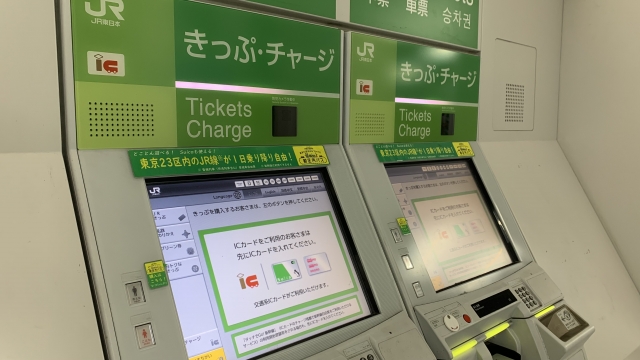
IC cards, like Suica and PASMO, are a must-have for travelers in Japan. These rechargeable smart cards simplify travel across various transportation modes, and they can even be used for purchases at many stores and vending machines.
- Where to Buy an IC Card
IC cards are available at most JR stations, including major hubs in Tokyo, Osaka, and Kyoto. They require a refundable deposit (usually 500 yen). Look for machines or ticket counters labeled “Suica” or “PASMO” and follow the easy on-screen instructions. - Using the Card
Tap your IC card on the ticket gate sensor as you enter and exit train stations or board a bus. The fare will automatically be deducted from your card balance, saving you the trouble of figuring out exact fares. - Recharging
You can reload your card at train station machines or even convenience stores. It’s as easy as selecting “Recharge,” inserting your card, and adding cash.
Mobile IC Cards
For smartphone users, Mobile Suica and Mobile PASMO apps allow you to load a digital IC card on your phone. This is especially convenient for travelers who prefer keeping everything digital.
Ticket Options for Non-IC Card Users
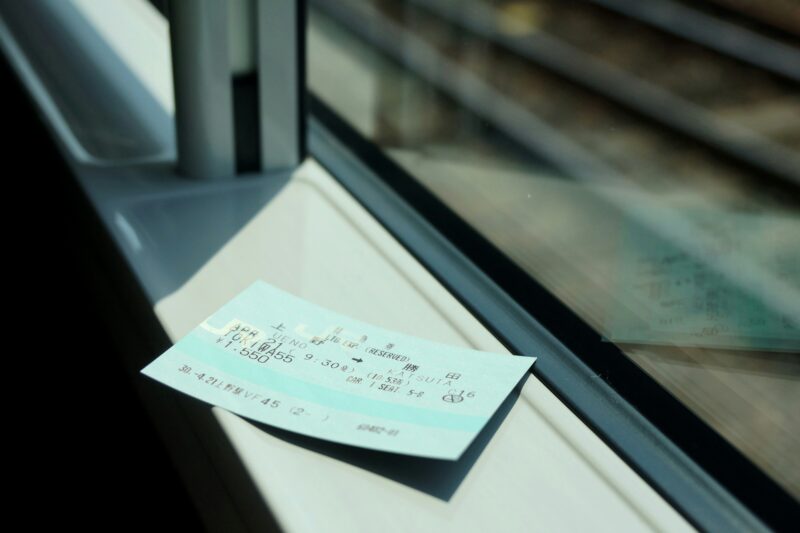
While IC cards are incredibly convenient, sometimes individual tickets or passes can be beneficial, particularly for tourists traveling between regions.
- Single Tickets
If you’re making a one-off trip, single tickets can be purchased from vending machines at train stations. Use the fare map to check your destination’s price, and keep the ticket with you to use at the exit gate. - Day and Regional Passes
For tourists, day passes and regional passes are available for unlimited travel in specific areas or across certain lines, which can save time and money if you’re planning multiple trips in one area. Examples include the Tokyo Subway Ticket and Osaka Amazing Pass. These passes are available at stations, airports, and online. - JR Pass
The Japan Rail (JR) Pass allows unlimited travel across the JR network, including the Shinkansen (except for certain lines). It’s ideal for visitors who plan to travel extensively between regions.
How to Plan Your Japan Travel Route
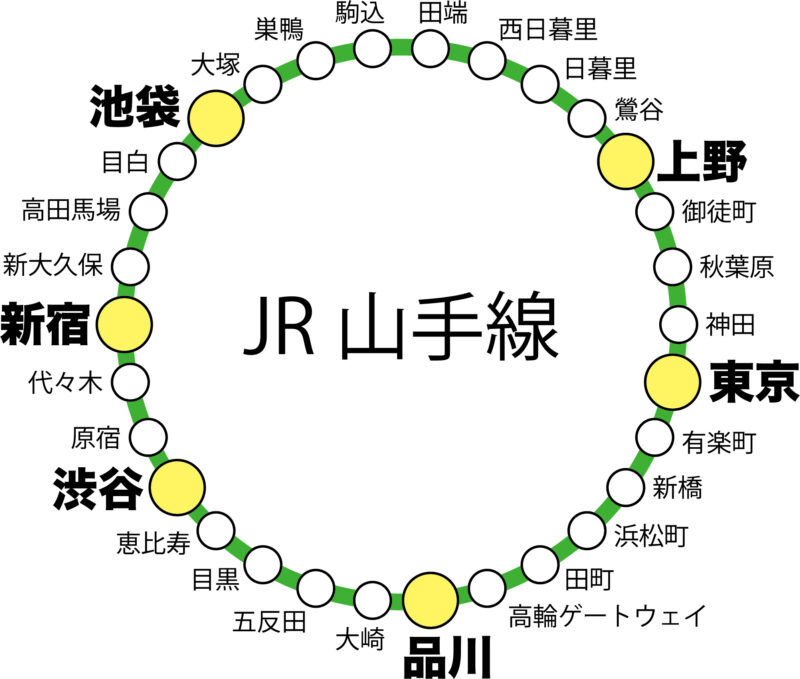
Japan’s transportation system may seem complex, but planning your route is simple with the right tools.
- Route-Planning Apps
App like Jorudan provides comprehensive details on routes, fares, transfers, and arrival times. - Checking Timetables and Schedules
Japan’s public transport is known for punctuality, but it’s a good idea to check schedules beforehand to avoid last-minute surprises. Google Maps also provides real-time updates on train schedules. - Signage and Navigation
Stations in major cities often have English signage. Follow the signs marked with color codes and platform numbers to find your way quickly. - Using Station Maps
Many stations, especially large ones like Tokyo and Shinjuku, provide free maps to help you navigate. You’ll often find maps near entrances and exits. - Asking for Assistance
Station staff are trained to assist passengers and often speak basic English, so don’t hesitate to ask for help if you’re unsure. In addition, information desks with English-speaking staff are available at major stations.
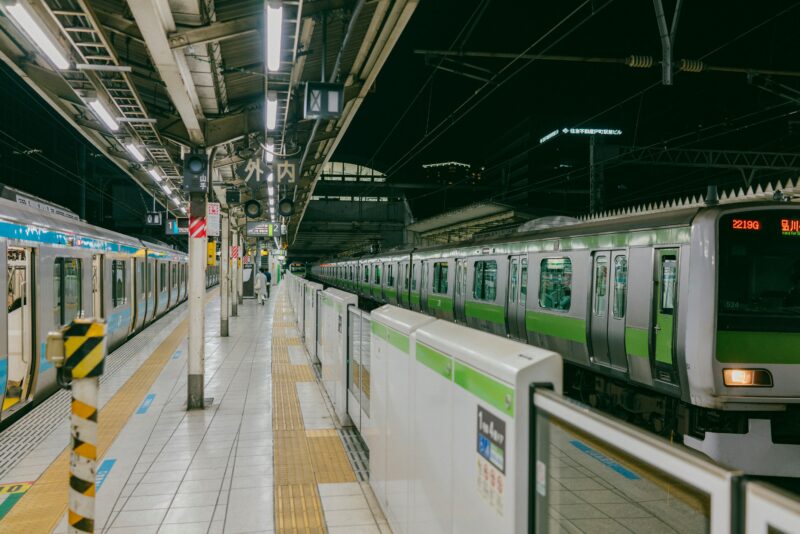
Japan’s large stations can feel overwhelming, but with these tips, you’ll navigate them with ease.
Use Coin Lockers
Most stations offer coin lockers where you can store luggage, making it convenient to explore without carrying heavy bags.
Follow the Signs
Look for overhead signs displaying platform numbers, directions, and transfer information. Major stations are usually labeled in English and Japanese.
Allow Extra Time
During rush hours, major stations like Shibuya and Umeda get busy, so allocate extra time to find your way around without stress.
Download Station Apps
Apps like Tokyo Station Navigator offer detailed maps and navigation tools to help you find platforms, exits, and facilities.
Look for Landmarks
Inside large stations, look for visual landmarks like vending machines, escalators, or convenience stores. They can help you orient yourself if you’re unsure of your direction.
Unique Transportation Options in Japan

Japan’s transport options go beyond the basics. Here’s a look at some unique ways to get around:
- Water Buses and Ferries
In Tokyo and Osaka, water buses run along rivers, offering scenic views of the city skyline. Ferries connect islands like Miyajima and Naoshima, and they’re perfect for scenic routes and island-hopping. - Scenic and Theme Trains
Japan has an array of themed and scenic trains. The Seven Stars in Kyushu offers a luxurious, multi-day journey, while the Hello Kitty Shinkansen adds a playful touch to your trip. - Bicycle Rentals
Biking is a popular way to explore cities like Kyoto. Many cities have bike rental stations and even cycling paths, making it easy to see more at a leisurely pace. - Ropeways and Cable Cars
Ropeways in areas like Hakone and Tateyama Kurobe provide breathtaking views of mountains and valleys. They’re popular in regions where hiking and natural scenery are highlights. - Tram Systems
Historic tram systems are still operating in cities like Hiroshima and Nagasaki. These offer a charming, slower-paced journey through these culturally rich cities.
Transporation Tips for Remote Places in Japan
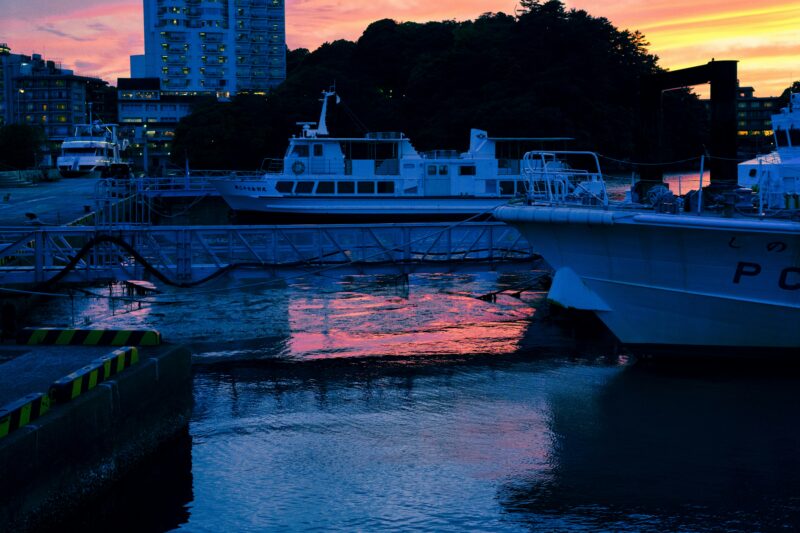
For a break from city life, Japan’s islands and rural regions offer stunning landscapes and unique experiences.
- Research Ferry Schedules
Ferries run on set schedules, which may vary depending on the season. Check online for the latest information, especially during holiday periods. - Consider Regional Flights
Domestic flights are often the best option for reaching remote islands like Okinawa. Major carriers like ANA and JAL offer competitive fares, and you can often find good deals for tourists. - Explore Lesser-Known Islands
Beyond Okinawa, Japan has hidden gems like the Goto Islands and Shikinejima, accessible by ferry. These islands offer natural beauty and cultural experiences without the crowds. - Look for Local Bus Passes
In rural areas, bus passes are a great way to explore multiple spots. Passes often include unlimited rides for a set period, perfect for slow travel and sightseeing. - Bring Essentials
Many rural areas have limited amenities, so carry essentials like water and snacks. Island stores may close early, especially in off-peak seasons, so it’s best to come prepared.
Final Tips for Japan Transportation
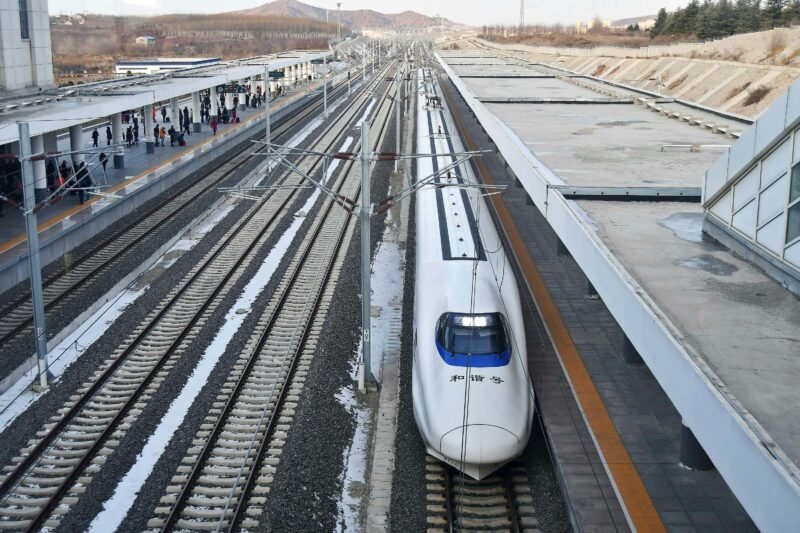
Here are some final tips to make your travel experience in Japan smooth and enjoyable:
- Avoid Rush Hours
Peak hours are typically 7:00–9:00 am and 5:00–7:00 pm on weekdays, especially in Tokyo and Osaka. Traveling outside these times means more space and comfort. - Prepare for Delays in Remote Areas
While trains in cities are rarely delayed, transport in remote areas may experience occasional delays due to weather. Check your route in advance. - Carry Cash for Small Purchases
IC cards are widely accepted, but smaller stores or buses in rural areas may require cash. - Bring an Emergency Contact Card
If you’re traveling to rural or remote areas, carrying a card with emergency contacts, including local police and your country’s embassy, is a wise precaution.
Ready to Train, Subway, and Bus Your Way Around Japan?
Japan’s public transport system is designed to be user-friendly, and it’s an essential part of experiencing the country’s unique culture. Whether you’re zipping through Tokyo on the subway, cruising along Osaka’s waterways, or catching a scenic train in the countryside, this guide has everything you need to make the most of your travels. So grab your IC card, pack light, and enjoy every moment of your journey through Japan!
| For other essential advice and planning tips, read our Japan Travel Tips. |
Looking for a tour agency to help with your planning?
Contact Firefly Japan to book a private luxury tour in Tokyo & Kanto
